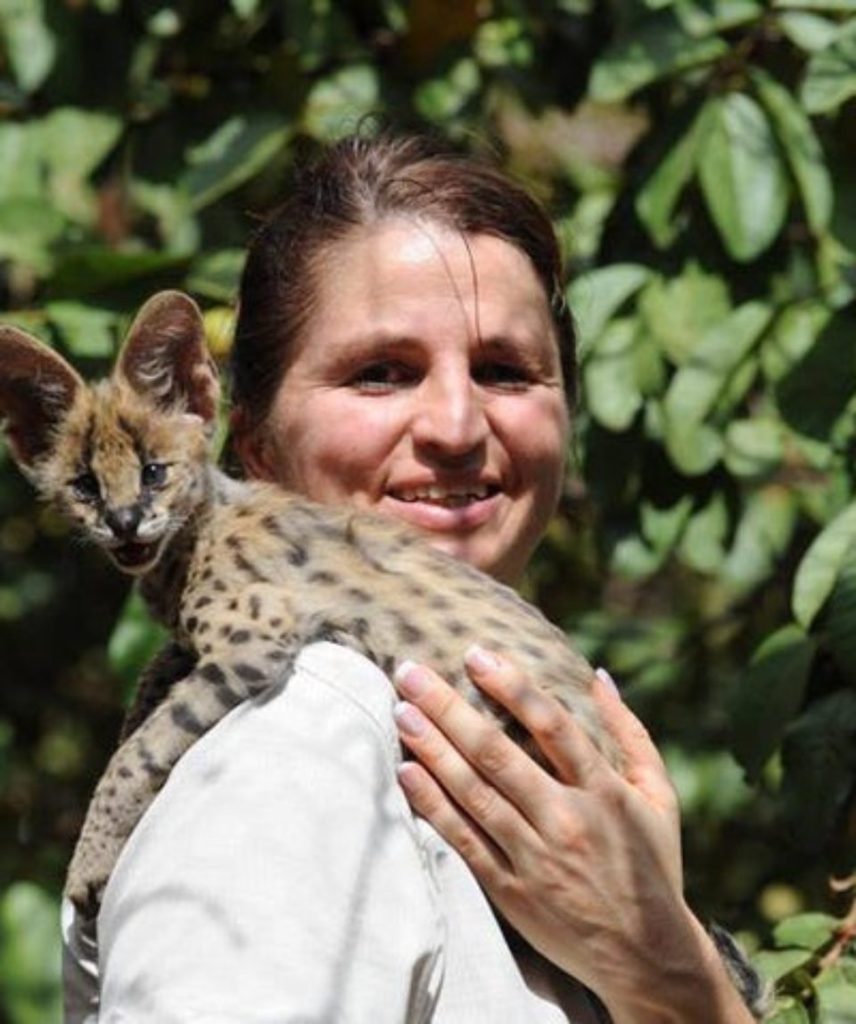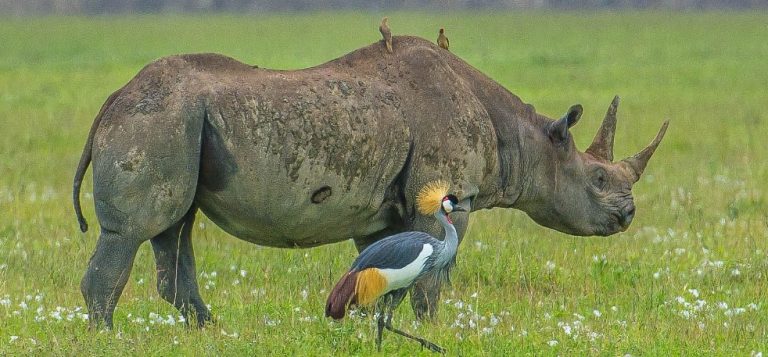Caring for Wildlife: Rehabilitation Centers in and Around Tarangire

Tanzania is home to some of the most diverse and iconic wildlife in the world, and rehabilitation centers play a crucial role in preserving and protecting this rich biodiversity. The Tarangire National Park region, renowned for its elephant herds and other remarkable wildlife, is no exception. In and around Tarangire, several wildlife rehabilitation centers are dedicated to the rescue, recovery, and rehabilitation of injured, orphaned, or displaced animals. These centers contribute significantly to conservation efforts and ensure that wildlife can return to their natural habitats when possible.
1. Understanding the Importance of Rehabilitation Centers
Wildlife rehabilitation centers are specialized facilities designed to care for and rehabilitate injured, sick, or orphaned animals. They are often involved in the treatment of animals that have been displaced by human activities, poaching, or habitat destruction. The goal of these centers is not just to provide immediate care but also to ensure that animals can safely be returned to the wild or placed in sustainable conservation programs.
Key Objectives of Rehabilitation Centers:
- Rescue and Recovery: Providing medical care and rehabilitation for animals that have suffered injuries or been orphaned.
- Education and Awareness: Offering educational programs to the public on wildlife conservation and rehabilitation.
- Reintroduction: When possible, rehabilitated animals are released back into the wild, contributing to the maintenance of biodiversity.
- Research: Many centers conduct research to improve conservation strategies and animal care techniques.
2. Notable Rehabilitation Centers Around Tarangire
While the Tarangire National Park is primarily known for its natural beauty and large elephant populations, the surrounding areas are home to several wildlife rehabilitation centers focused on preserving the park’s diverse fauna.
1. Tarangire Elephant Conservation Centre (TECC)
Elephants are one of the main species in Tarangire, and the Tarangire Elephant Conservation Centre plays a vital role in the protection and rehabilitation of injured or orphaned elephants. This center is dedicated to providing sanctuary for elephants that have been victims of human-wildlife conflict, poaching, or natural disasters.
Key Focus Areas:
- Rescue Operations: The center works closely with local communities to rescue elephants from poachers’ snares or human-wildlife conflict zones.
- Rehabilitation: Elephants are given medical care, and the center monitors their progress in a controlled environment before releasing them back into the wild.
- Human-Wildlife Conflict Mitigation: TECC also works with local communities to reduce conflict between humans and elephants, using innovative methods like elephant corridors and deterrent techniques.
Visitor Experience:
Tourists visiting the area can take guided tours to learn more about elephant conservation efforts, witness elephants in rehabilitation, and understand the importance of preserving these majestic creatures.
2. The Ngorongoro Conservation Area Authority (NCAA) Wildlife Rehabilitation Program
While not directly in Tarangire, the Ngorongoro Conservation Area, located nearby, also plays a significant role in wildlife rehabilitation. The Ngorongoro area is home to several rehabilitation initiatives focused on various species, including lions, rhinos, and other endangered mammals.
Focus of NCAA’s Wildlife Program:
- Wildlife Rescue and Medical Assistance: The program provides emergency care for animals that are injured or affected by disease, particularly in the conservation area.
- Habitat Restoration: Efforts are made to restore damaged ecosystems and create suitable environments for wildlife recovery.
- Endangered Species Protection: The program works closely with international conservation bodies to protect species like the black rhino and cheetah, which face threats in the wild.
3. The Serengeti Lion Recovery Project (SLRP)
Although not strictly in Tarangire, the Serengeti Lion Recovery Project is another example of the rehabilitation efforts across Tanzania. This project is vital for restoring and protecting lion populations across the Serengeti ecosystem, which extends into Tarangire.
Key Objectives of SLRP:
- Rehabilitation of Lions: Focuses on the rehabilitation of injured lions and monitoring their recovery in the wild.
- Tracking and Research: The project uses GPS collars and camera traps to track lion movements and behavior, ensuring that rehabilitated animals can reintegrate into their prides.
- Conservation Education: Promotes awareness about lion conservation through local communities and tourism.
3. Wildlife Rehabilitation Activities in and Around Tarangire
The rehabilitation centers in the Tarangire region engage in various activities aimed at protecting the wildlife and their habitats. Some of these activities include:
- Medical Care: Veterinary teams provide emergency medical treatment to injured animals, ranging from fractures to bullet wounds caused by poaching.
- Release Programs: After rehabilitation, animals that are fit for release are carefully reintroduced into their natural habitats. This includes assessing the risk of introducing animals to areas with other species.
- Conservation Education: Many rehabilitation centers work to raise awareness about wildlife conservation, often organizing school visits, workshops, and community outreach programs.
- Breeding Programs: Some centers are involved in breeding programs for endangered species, ensuring that there is a sustainable population in the wild.
4. The Role of Rehabilitation Centers in Local Communities
Rehabilitation centers not only benefit the wildlife but also play an essential role in supporting local communities. Here’s how these centers are integrated into the community:
- Job Creation: Many wildlife rehabilitation centers provide employment to local people, from veterinarians and animal care workers to tour guides and administrators.
- Community Involvement: Rehabilitation centers collaborate with local communities to ensure their active participation in wildlife conservation efforts. This includes involving them in rescue missions, anti-poaching patrols, and environmental education programs.
- Promoting Sustainable Tourism: Wildlife centers help support eco-tourism, allowing tourists to contribute financially to conservation while also providing valuable learning experiences.
5. How Tourists Can Support Rehabilitation Efforts in Tarangire
Visitors to the Tarangire region have an essential role to play in supporting wildlife rehabilitation initiatives. Here are some ways you can contribute:
- Visiting Rehabilitation Centers: By visiting these centers, you directly support the conservation programs that are in place to help rehabilitate and protect wildlife.
- Making Donations: Many centers rely on donations from tourists to fund their work. Consider contributing to the center’s needs for medical supplies, food, or education programs.
- Eco-Tourism: Choose to travel with tour operators that are committed to sustainable tourism practices, ensuring that your visit supports conservation efforts in the region.
6. Conclusion
Wildlife rehabilitation centers in and around Tarangire National Park are doing incredible work in rescuing and rehabilitating injured or orphaned animals, providing them with a second chance at life in the wild. These centers not only care for individual animals but also play a vital role in the broader conservation efforts of Tanzania, ensuring that wildlife continues to thrive in this remarkable landscape. By visiting these centers and supporting their initiatives, tourists can help ensure that future generations will experience the rich biodiversity of Tanzania’s parks and reserves.


One Comment